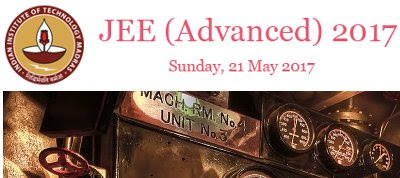CBSE Class 11
Biology
Chapter 2 - Biological Classification
NCERT Chapter Solutions
Q1: Discuss how classification systems have undergone several changes over a period of time?
Answer: The classification systems have undergone several changes with time.
① The first attempt of classification was made by Aristotle. He classified plants as herbs, shrubs, and trees. Animals were classified on the basis of presence or absence of red blood cells. This system of classification failed to classify all the known organisms.
② Linnaeus gave a two kingdom system of classification i.e. kingdom Plantae and kingdom Animalia. However, this system did not differentiate between unicellular and multicellular organisms and between eukaryotes and prokaryotes. Thus a large number of organisms could not be classified merely under the two kingdoms.
③ Later a five kingdom system of classification was proposed by R.H Whittaker in 1969. On the basis of characteristics, such as cell structure, mode of nutrition, presence of cell wall, etc., five kingdoms, Monera, Protista, Fungi, Plantae, and Animalia were formed.
④ Later Monera was divided further into Archaebacteria and Eubacteria because Archaebacteria were different from bacteria in terms of different type of cell wall structure.
Q2: Who is known as Father of Taxonomy? Name the book he published on taxonomy. What's his the greatest contribution in naming species.
Answer: Linnaeus. In 1758 he published his famous book
systema naturae. His greatest contribution to taxonomy was the use of binomial nomenclature for all species of animals and plants
Q3: State two economically important uses of:
(a) Heterotrophic bacteria
(b) Archaebacteria
Answer:
(a) Uses of Heterotrophic bacteria
- Commercial and Domestic Use: They (Lacto bacillus) help in the production of curd from milk.
- Decomposers that help in the formation of humus.
- Medicinal use: Many antibiotics are obtained from some species of bacteria.
- Nitrogen Cycle: Many soil bacteria help in fixation of atmospheric nitrogen.
(b) Uses of Archaebacteria
- Live in guts of ruminant animals such as cows and buffaloes and they produce methane anaerobically (biogas) from the dung of these animals.
- Methanogens are also involved in the formation of biogas and sewage treatment.
Q4: What is the nature of cell-walls in diatoms?
Answer: The cell wall of diatom is made of silica. It consists of two thin overlapping shells that fit into each other such as a soap box with lids. When the diatoms die, the silica in their cell walls gets deposited in the form of diatomaceous earth. This diatomaceous earth, being gritty, is used in polishing, filtration of oils and syrups.
Q5: Name the algae which is a source of iodine.
Answer: Brown algae called kelps, specially from species of Laminaria.







